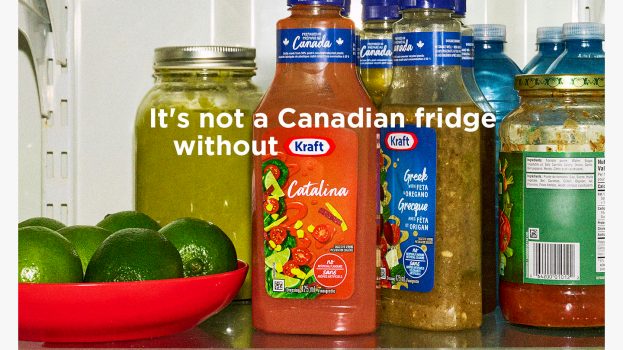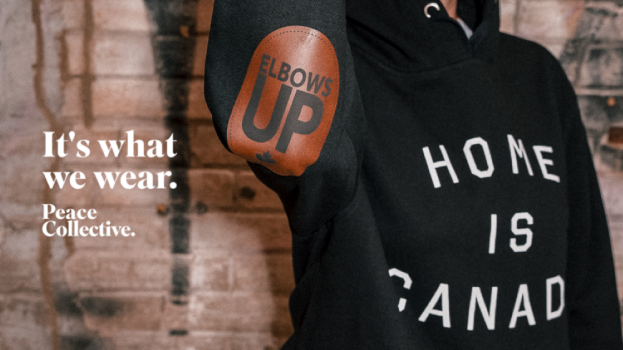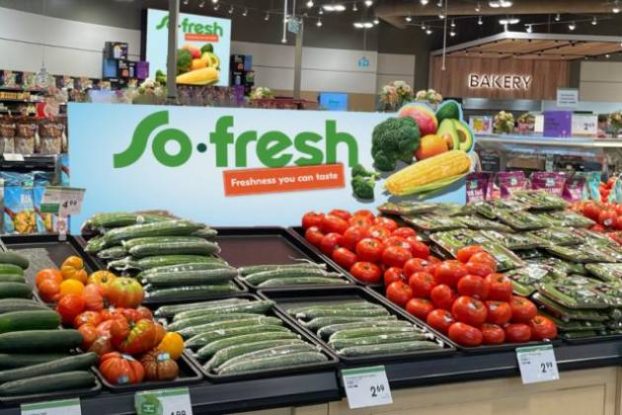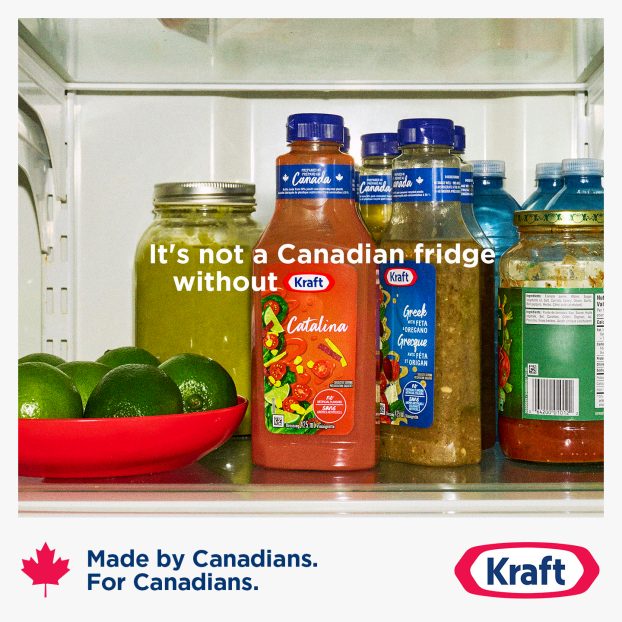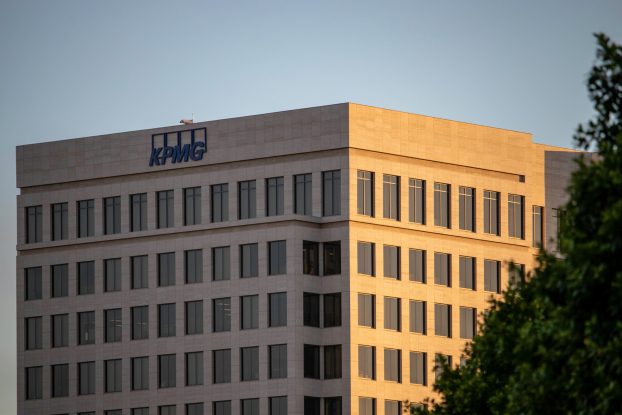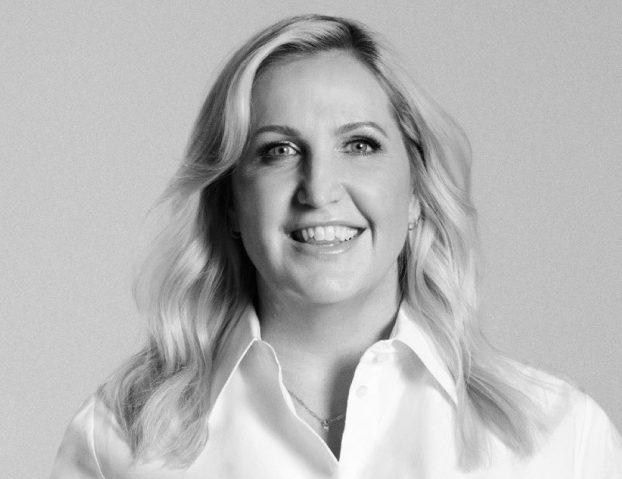
This summer, Canada’s largest air carrier announced plans for the new Aeroplan, and now that it’s come to fruition, Air Canada is telling existing and would-be members about the every day benefits of the program – even if it’ll be some time before they head to the airport.
The new brand design and launch campaign include 360-degree advertising across a full range of digital and social media ads, video, content partnerships, in-airport OOH as well as Air Canada’s media channels online and in-flight. Broadcast ads are set to launch later in Q4, running into the new year.
The creative is focused on showing Aeroplan as a program for a consumer’s everyday life. The high-energy spot features young people bouncing from their homes to the places where their points can be earned and redeemed. That includes somewhat spontaneous trips to the airport (where everyone is wearing protective masks, naturally), but near equal time is given to program partners like Starbucks, UberEats and gas stations.
According to Andy Shibata, managing director, brand at Air Canada, the airline really wanted to communicate the everyday relevance of the program through the number of earning opportunities. The pace of the creative is to reflect the “everydayness” of the program, he says, showing it fit into varied and sometimes hectic routines.
Shibata tells strategy that the audience for the latest campaign is broad not really a specific demographic, as travel cuts across the board, whether young or older. With the new Aeroplan program, he says, “there’s something there for everybody.”
On Monday, Air Canada reported an operating loss of $785 million for Q3 2020 – compared to an operating income of $956 million over the same period 2019 – as well as a steep decline of passengers carried (88%). However, Shibata says, there are positivity signs in the industry and that the brand wanted to be on the front end of that, so it can ride the wave to stronger gains as normalcy begins to return.
“There was a lot of discussion in terms of timing,” Shibata says of launching Aeroplan in a time when air travel is at an all-time low. “But we felt that a proper loyalty program is always based upon future travel. And people are still traveling right now, and there is still a lot of redemptions, a lot of collecting points.” He adds that the staggered campaign rollout is meant to capture pre- and post-holiday travel planners.
 “Everyday value” is the major value proposition of the relaunched Aeroplan, which Air Canada re-acquired in 2018 to acquire a five million member-strong, pre-existing user base for its own loyalty program. All existing Aeroplan members have maintained their existing Aeroplan numbers and all points are honoured. For relaunched Aeroplan credit cards issued by TD, American Express and CIBC, new cardholders will earn a buy-one-get-one Buddy Pass to fly someone along – only paying the taxes and third-party charges on the second ticket.
“Everyday value” is the major value proposition of the relaunched Aeroplan, which Air Canada re-acquired in 2018 to acquire a five million member-strong, pre-existing user base for its own loyalty program. All existing Aeroplan members have maintained their existing Aeroplan numbers and all points are honoured. For relaunched Aeroplan credit cards issued by TD, American Express and CIBC, new cardholders will earn a buy-one-get-one Buddy Pass to fly someone along – only paying the taxes and third-party charges on the second ticket.
Shibata says that Canadians love their loyalty programs, and if the brand is perceived as not delivering constant, relevant value, it will hear about it.
“I think what people were seeing in Canada [with loyalty programs] was the devaluation of points over time, and we wanted to make sure that the rewards were indeed rewarding. And that was a really big friction point that we wanted to address,” Shibata says.
While the program more broadly is focused on everyday value – save for a few shots in the campaign showing easy upgrades to a first-class sleeper seat – design considerations for credit cards reflect the more premium side of the loyalty equation, like priority boarding and airport lounge access.
With respect to competitors such as Air Miles, Shibata says the travel enhancements that Aeroplan can offer, just from an airline perspective, is not something that competitors can really match.
Initially, Air Canada worked with FCB on the campaign, but pivoted to its in-house team because it was in a period of cost containment. Shibata does, however, credit the agency for inspiring the creative thought behind it.


